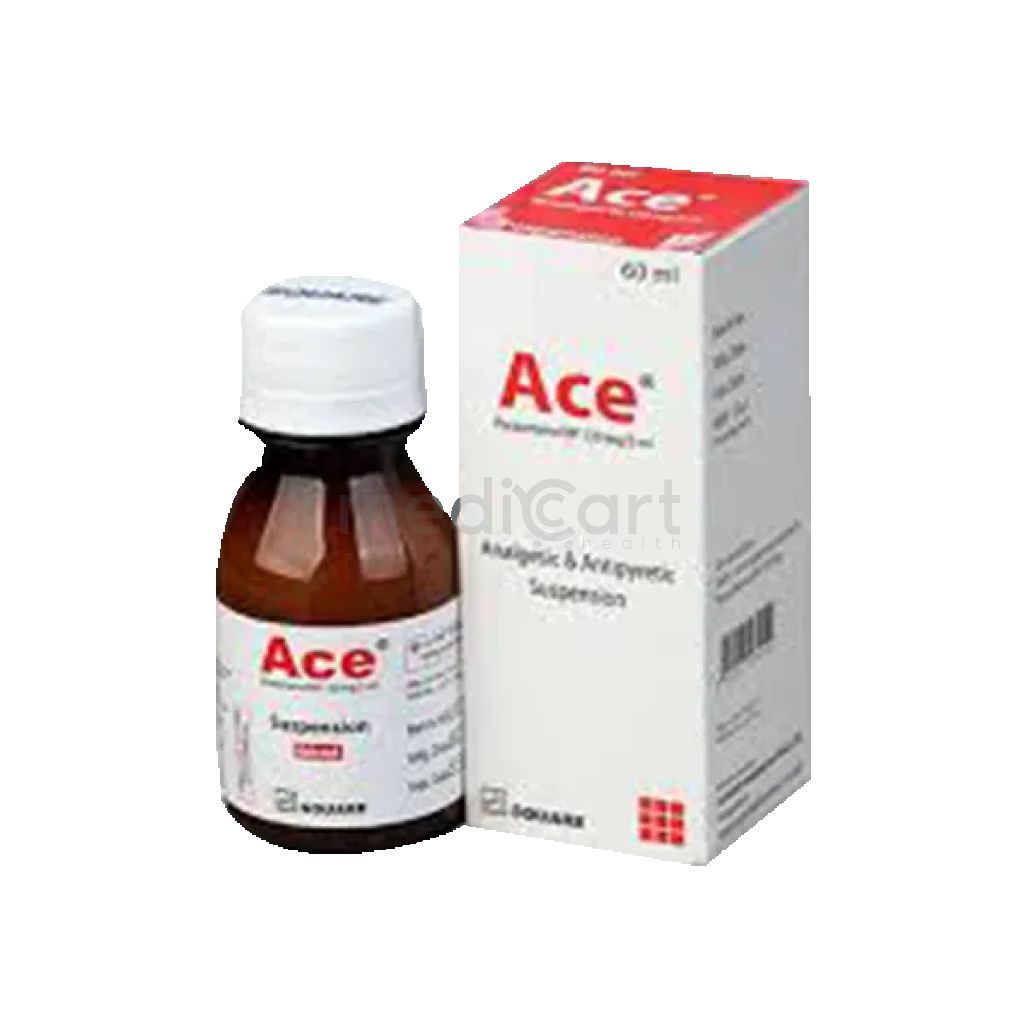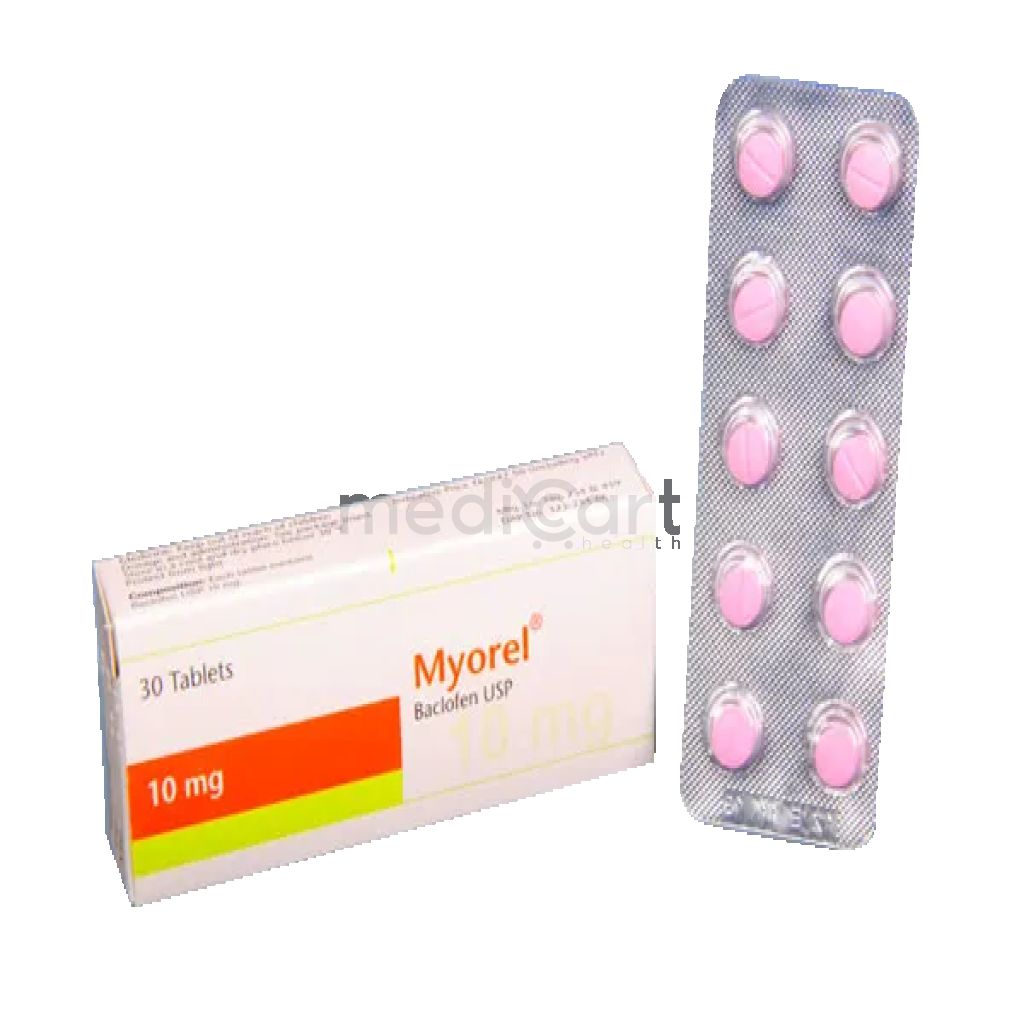

Renova - 125mg
Suppository* Delivery will be done in Dhaka city only.
Alternative Product
More Information About - Renova - 125mg
Description
Indication:
Fever, Mild to moderate pain, osteoarthritis, rheumatoid arthritis, chronic low back pain, Renal stone pain, neuropathic pain, toothache, migraine, postoperative mild to moderate pain.
Pharmacology:
Paracetamol possesses analgesic, antipyretic, and anti-inflammatory effects. Paracetamol (Acetaminophen) is considered to function largely in the CNS by blocking both isoforms of cyclooxygenase, COX-1, COX-2, and COX-3 enzymes involved in prostaglandin (PG) production. Paracetamol is a para aminophenol derivative having analgesic, antipyretic, and anti-inflammatory effects. Paracetamol is a commonly used, safe, and quick acting painkiller. It is well tolerated and has no aspirin-related adverse effects.
Dosage (breakdown or, not) :
Extended Release Tablet:
Adult: 1-2 tablets every 4 to 6 hours up to a maximum of 4 gm (8 tablets) daily.
Child: ½ to 1 tablet 3 to 4 times daily. For long term treatment it is wise not to exceed the dose beyond 2.6 gm/day.
Administration:
Extended Release Tablet:
Interaction:
Patients who have previously used barbiturates, tricyclic antidepressants, or alcohol may have a reduced capacity to metabolize high dosages of Paracetamol. The hepatotoxicity of paracetamol overdosage can be exacerbated by alcohol. Chronic use of anticonvulsants or oral steroid contraceptives stimulates liver enzymes, which may prevent therapeutic Paracetamol levels from being reached by increasing first-pass metabolism or clearance.
Contraindications:
It is not recommended if you have a known hypersensitivity to paracetamol.
Side Effects:
Although most side effects of paracetamol are minor, haematological responses such as thrombocytopenia, leucopenia, pancytopenia, neutropenia, and agranulocytosis have been recorded. Pancreatitis, skin rashes, and other allergic responses are rare.
Pregnancy & Lactation:
According to the USFDA, pregnancy category B. This medication should only be taken during pregnancy if absolutely necessary.
Precautions & Warnings:
Patients with poor kidney or liver function should use caution when using paracetamol. Patients who are taking other medications that damage the liver should use caution when using paracetamol.
Side Effects:
Although most side effects of paracetamol are minor, haematological responses such as thrombocytopenia, leucopenia, pancytopenia, neutropenia, and agranulocytosis have been recorded. Pancreatitis, skin rashes, and other allergic responses are rare.
Storage Conditions:
Keep away from light and heat in a dry area. Keep out of children's reach.
Disclaimer
The information provided herein are for informational purposes only and not intended to be a substitute for professional medical advice, diagnosis, or treatment. Please note that this information should not be treated as a replacement for physical medical consultation or advice. Great effort has been placed to provide accurate and comprehensive data. However, Medicart along with its authors and editors make no representations or warranties and specifically disclaim all liability for any medical information provided on the site. The absence of any information and/or warning to any drug shall not be considered and assumed as an implied assurance of the Company.









